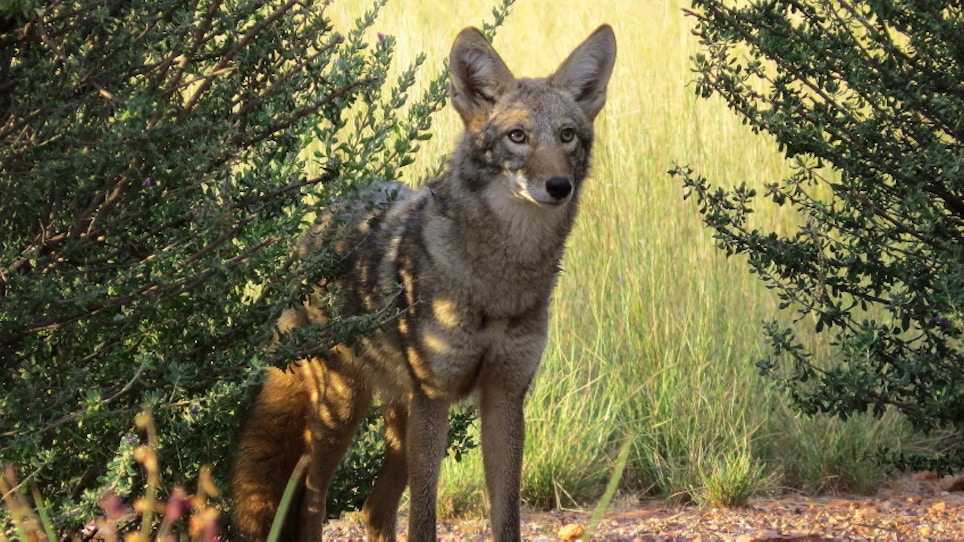In all honesty, there’s really no downtime for predator hunters. Varmints fall into the “offseason” hit list and most states allow hunting of coyotes year-round. Nevertheless, when fur no longer has a price, some of the predator enthusiasm loses its luster until the first frost. Don’t totally abandon your predator personality for a lawn-warrior title. Warm-season windows give you an opportunity to scout for new predator hunting locations. Here are a few to jumpstart you between grass battles.
Livestock Operations
Coyotes in particular, slink around livestock operations, big or small. Cattle operations represent the largest class of livestock operators and coyotes love to stay in the vicinity of these outfits due to the continuous food source. Spring represents birthing leftovers. Throughout the year animals tip over and are oftentimes drug to kill pits that can be great ambush hotspots. And coyotes have no aversion to a vegetarian diet by slipping in and nibbling on certain cattle menu items.
Don’t be intimidated if you don’t have a John Wayne-style ranch next door brimming with mooing bovine. Coyotes, various predators and varmints target livestock holdings of all sizes. Free-range chicken operations are exploding across the nation along with small herds of goats, sheep and hogs. Any of these places attract meat-eating opportunists and should be number one on your scouting list to find. You’ll also likely find a landowner willing to allow predator control. If you about hit a free-range goat on a weekend drive, back up and knock on the door for a new hunting location.
City Lights, City Limits
It’s no secret that coyote range has been expanding and with that expansion comes a city invasion. My parents live in Mesa, Arizona, and sightings of coyotes on the greens of their backyard golf course access are as regular as seeing a brown UPS truck.
Of course most cities don’t allow shooting within city limits, but hunting on the fringe should be a top consideration. Coyotes regularly move in and out of cities to scrounge for food and hunt bountiful rodent populations within. They are also not opposed to snatching an unsuspecting pet or two. Some have hideouts in the city, but many slip to the outskirts for undisturbed bedding. That’s where you need to focus. Scout for brushy locations next to the city and you’ll likely find a coyote waiting nearby. Knock on a few doors and you may just find someone who is looking for missing Fido. After you explain the coyote factor you might see an open-door policy for hunting.
Deer Crossings Equal Coyote Hotspots
Highways are busy, but that bustling activity draws coyotes. Why? Traffic collisions between drivers and other wildlife usually end up bad for the critter on the receiving end of a fender bender. Coyotes wait in the highway wings for the opportunity to scavenge and feed on the roadkill. I can’t count the times I’ve been driving cross-country and witnessed coyotes in the road ditches, day and night, snacking on dead deer.
Department of transportation officials frown on hunting in the road ditch, but coyotes dining in the ditches oftentimes retire on adjacent properties. Research properties adjacent to bustling freeways and especially those with deer crossing signs. They don’t put these signs up for decoration. They all mark high-accident zones. Secure permission now and you’ll have a great calling spot during fur season.
It’s easy to get distracted with lawn maintenance, the beach and possibly a round of golf. On your way between activities and errands, keep your eye open for your next predator hunting location.






